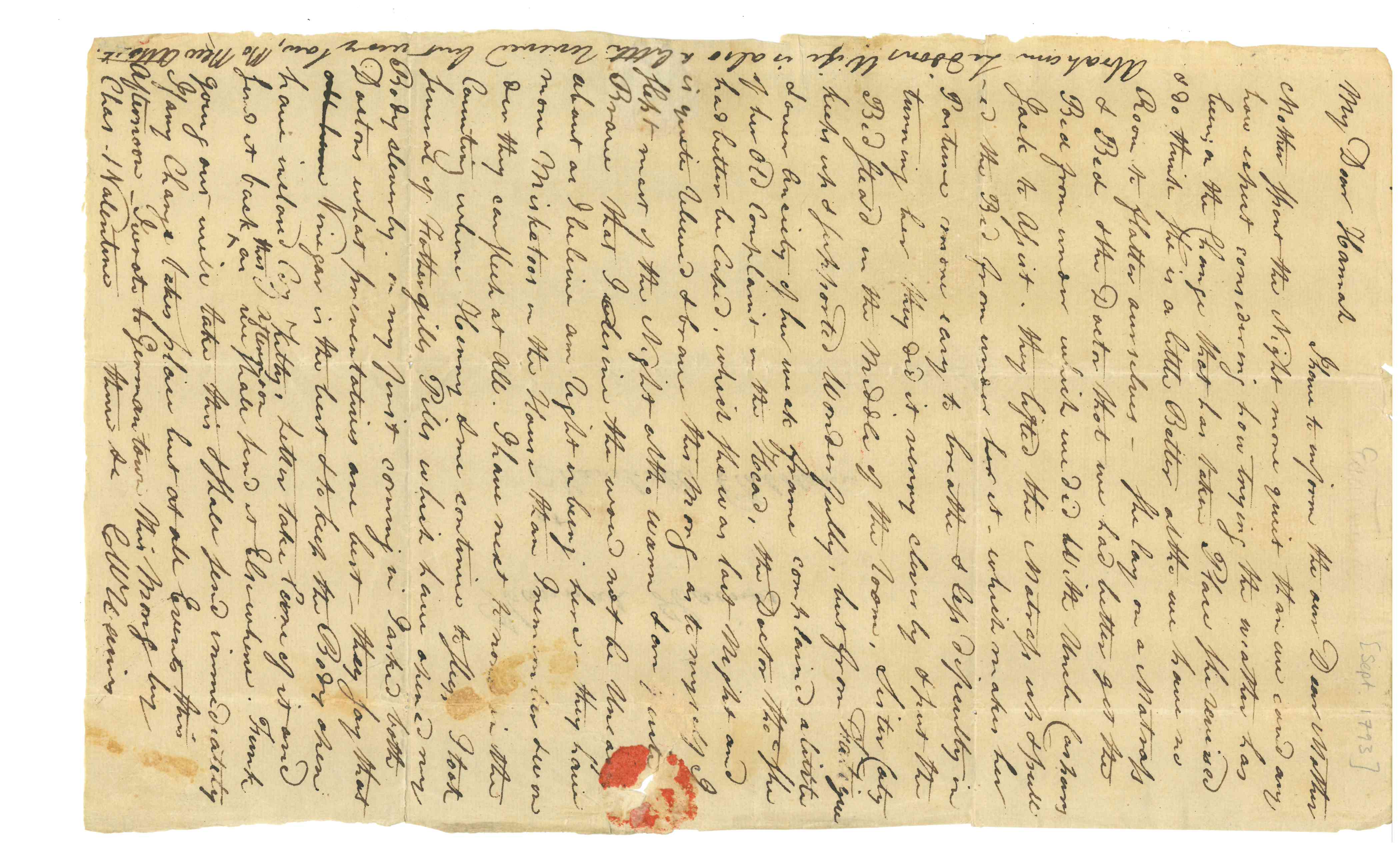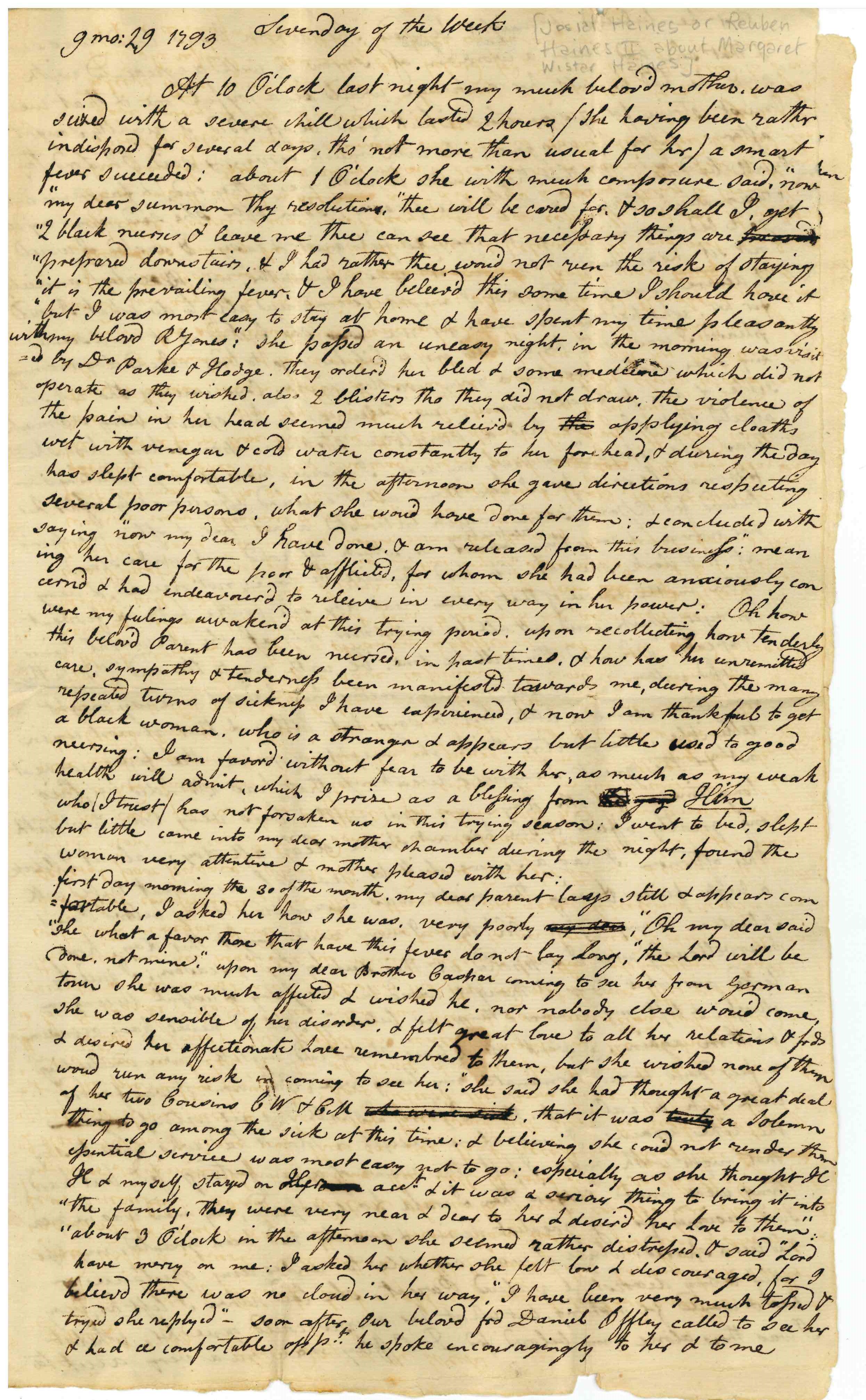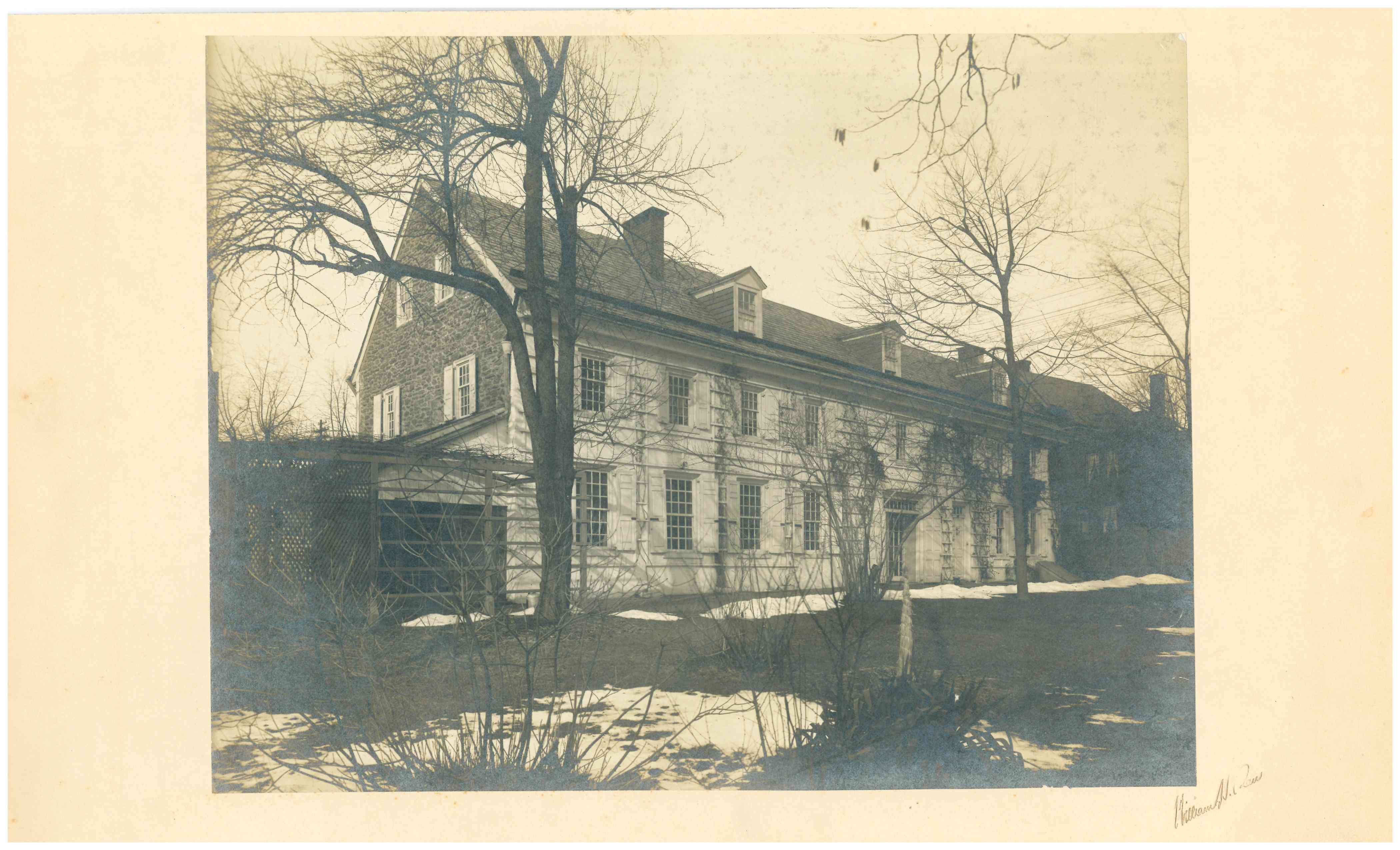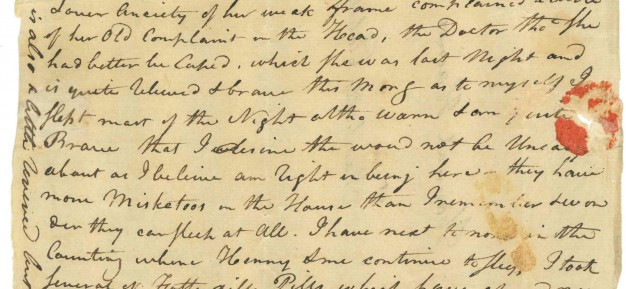Too many Misketoos!
The 1793 yellow fever epidemic in Philadelphia was perhaps the greatest disaster to hit the young United States. 5,000 died—ten percent of the city’s population—and thousands of others sickened.
Bad air—miasma—was considered a deadly threat to human health, disease emanating from decaying matter. Dr. Benjamin Rush believed the disease in Philadelphia came from rotting coffee left on one of the many docks. There was a sliver of truth in this belief: the docks were the right place, but the disease actually originated with infected travelers from the tropics arriving by boat, especially refugees fleeing violence in the Caribbean. Aedes aegypti, the mosquito vector, hitched a ride on the arriving ships as well.
Mosquitoes were anything but uncommon in early Philadelphia. There were marshes around many parts of the city. Most of what is today South Philadelphia was marsh. People were used to contending with mosquitoes in the warm months. The presence of mosquitoes was just not noteworthy. In contemporary writing about the epidemic, I know of but one mention of mosquitoes.

Caspar Wistar Haines (1762-1801) ran a brewery in Philadelphia, on Market Street above 3rd. This area was within the “hot zone” of infection. His parents, Margaret Wistar Haines and Reuben Haines, Sr., had a residence in the city. They chose to stay. Caspar stayed with them, or at least near them most of the time, even after his mother became sick. Both his parents would die. In a letter describing his mother’s illness, Caspar wrote:
as to myself I slept most of the Night altho warm & am quite Brave that I desire the[e] wou[l]d not be uneasy about as I believe am right in being here—they have more Misketoos in the House than I remember & wonder they can sleep at all. I have next to none in the Counting where Henry & me continue to sleep
Caspar notices the many “misketoos” in the house, but he did not know how dangerous it is to be in a room with both “misketoos” and an infected person. Mosquitoes bite an infected person, then pass the virus on to other people.
There is another document, a long, moving account of Margaret Haines’ last days. It is unsigned, but the likely author is Caspar. The handwriting is similar to Caspar Haines’ but different enough to suggest it could be one of his two brothers’ writings. The writer is staying with Margaret, sleeps away from her and has a “black lad” (Henry, perhaps?) as welcome help and companionship. The African-American community gave valiant service during the epidemic; this is a direct example of it. The writer gets sick with the fever. He cannot be with his mother, who dies several days after the writer was sickened.

What we will never know for sure is whether or not the writer caught the fever from a mosquito in his mother’s house. The house, probably on Market Street, was in the area hardest hit by the epidemic. The brewery was definitely on Market Street. Was this the place with fewer mosquitoes, even though it was likely near the house?

Sadly, if Margaret and her family had fled to their second house in Germantown, the town where George Washington and the federal government had gone for safety, perhaps Margaret and her husband (who died before her) would not have succumbed.
The papers of Caspar Wistar Haines are part of the Wyck Association Collection at the APS. You can learn more about how Caspar Wistar Haines and his family experienced the yellow fever epidemic in 1793 through this interactive lesson.


